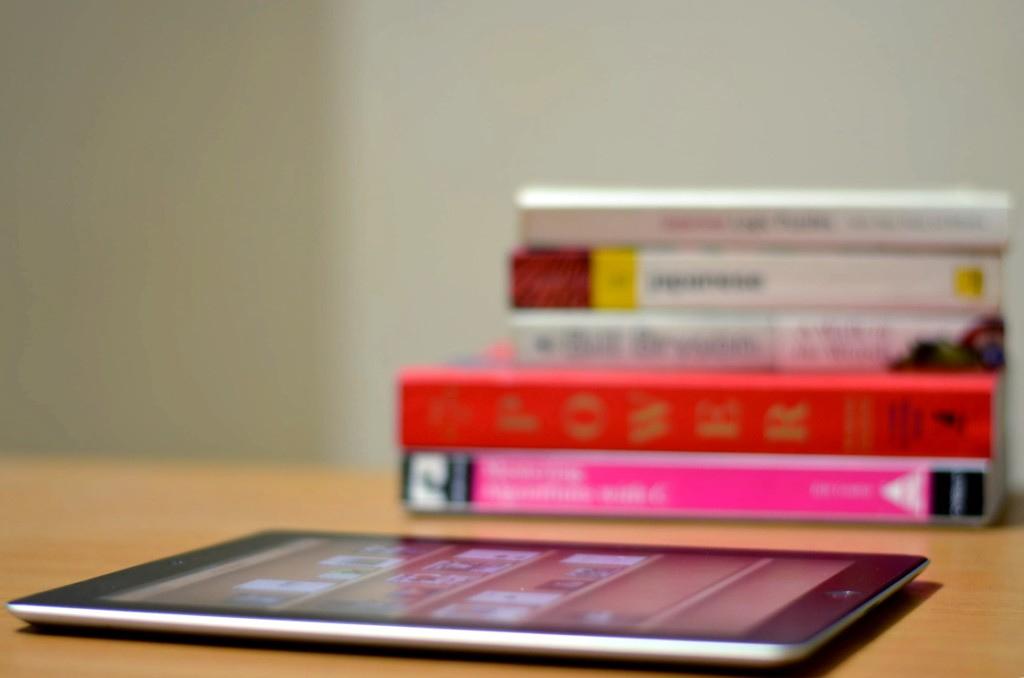Creating a physical book to read
If your learner wants to read a physical copy of a title on RNIB Bookshare it is important to find out the most appropriate way to present materials for them. Different learners will have different requirements, depending on their particular print disability.
A great way to start is to download a Word file (or convert a PDF into a Word file). Converting it into a structured Word file means that you can easily modify to meet your learners individual reading requirements. Have a look at our  Quick_guide_to_modifying_structured_word_documents.docx.
Quick_guide_to_modifying_structured_word_documents.docx.
UKAAF (UK Associate for Accessible Formats) create standards for accessible document creation. Whether Braille, Large Print, PDF or any other format including exam modification. They offer guidance on the best way to meet someones particular accessibilty needs.
Top tips for creating resources for readers with sight loss
RNIB Access to Education guide is a great resource and helps you to consider some of issues, we have picked out some helpful tips below:
- Plan ahead to make sure you/support staff have time to modify materials before the lesson.
- Make sure support staff know exactly what is required and by when.
- Consider producing all materials for all learners in an accessible font size (at least 14 point) and typeface (eg Arial) to reduce the amount of modification needed − this will also help other learners, eg those with dyslexia/specific learning difficulties.
- Prepare resources electronically so that they can be saved and modified easily to produce different versions.
- Provide electronic copies of resources for older learners so they can put them into their preferred format themselves on their own computers.
- Remember that what you do will depend on your learners individual needs such are print size, type, colour and spacing.
- Photocopying on bigger paper is unlikely to help your learner, enlarging text and putting it 'regular' sized paper will be much more managable.
- Consider whether there a limited time over which the learner is able to use their sight efficiently before their eyes become tired.
Braille
- Learners who read and write in braille need specialist training to do so effectively. Even the most competent braille readers read more slowly than most sighted people read print.
Other helpful resources
- RNIB Guide to Working with students with a Vision Impairment in Further Education (Word, 216 KB)
- RNIB Guide to Working with students with a Vision Impairment in Higher Education (Word, 193.5 KB)
Top tips for creating resources for readers with Dyslexia
- Provide text on coloured paper.
- Use a sans serif font on all printed materials, such as Verdana, Arial or Calibri and make sure the font is at least 12 point or above.
- Provide highlighters so learners can track text that has been read, or highlight important pieces of information.
- Provide coloured overlays as some dyslexic people can experience visual discomfort or disturbances when they read black text on a white background which can make reading more difficult and much slower.
Source: British Dyslexia Association website
Helpful resources:

Want to contact us? Request help or Call us: 0300 303 8313 Hours: M-F 9 am to 5 pm
RNIB Bookshare, Royal National Institute of Blind People
Midgate House - Floor 1, Midgate, Peterborough, PE1 1TN